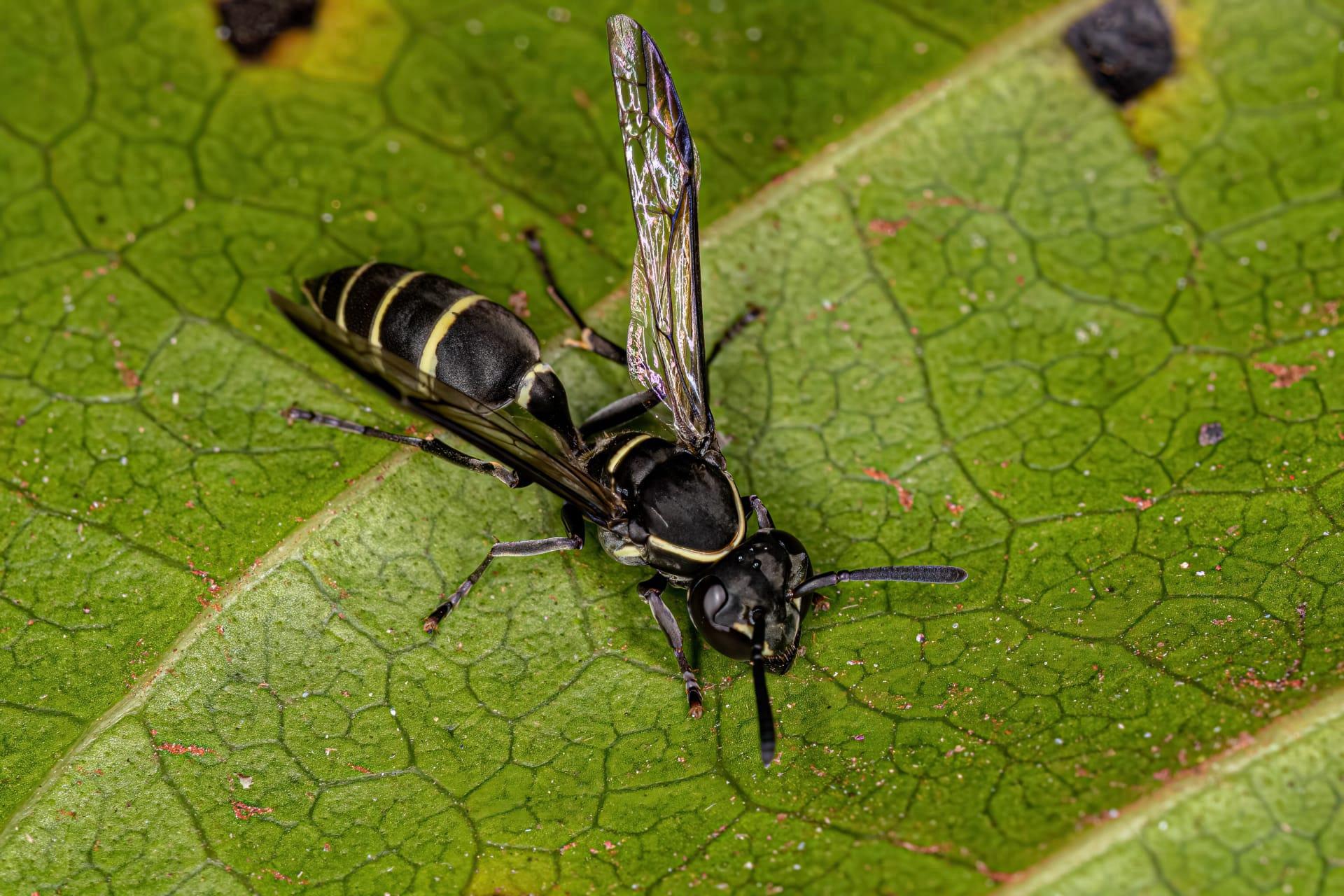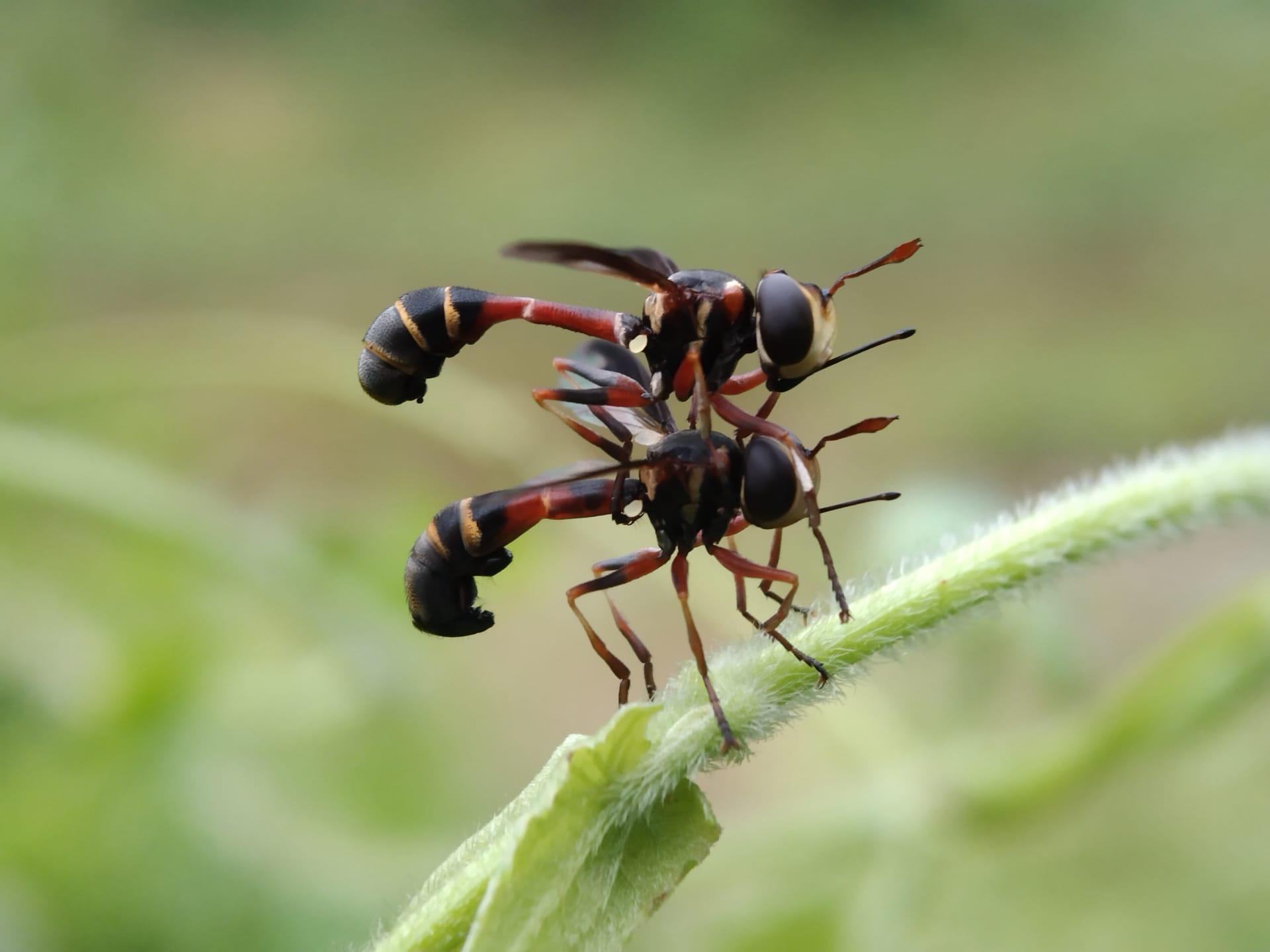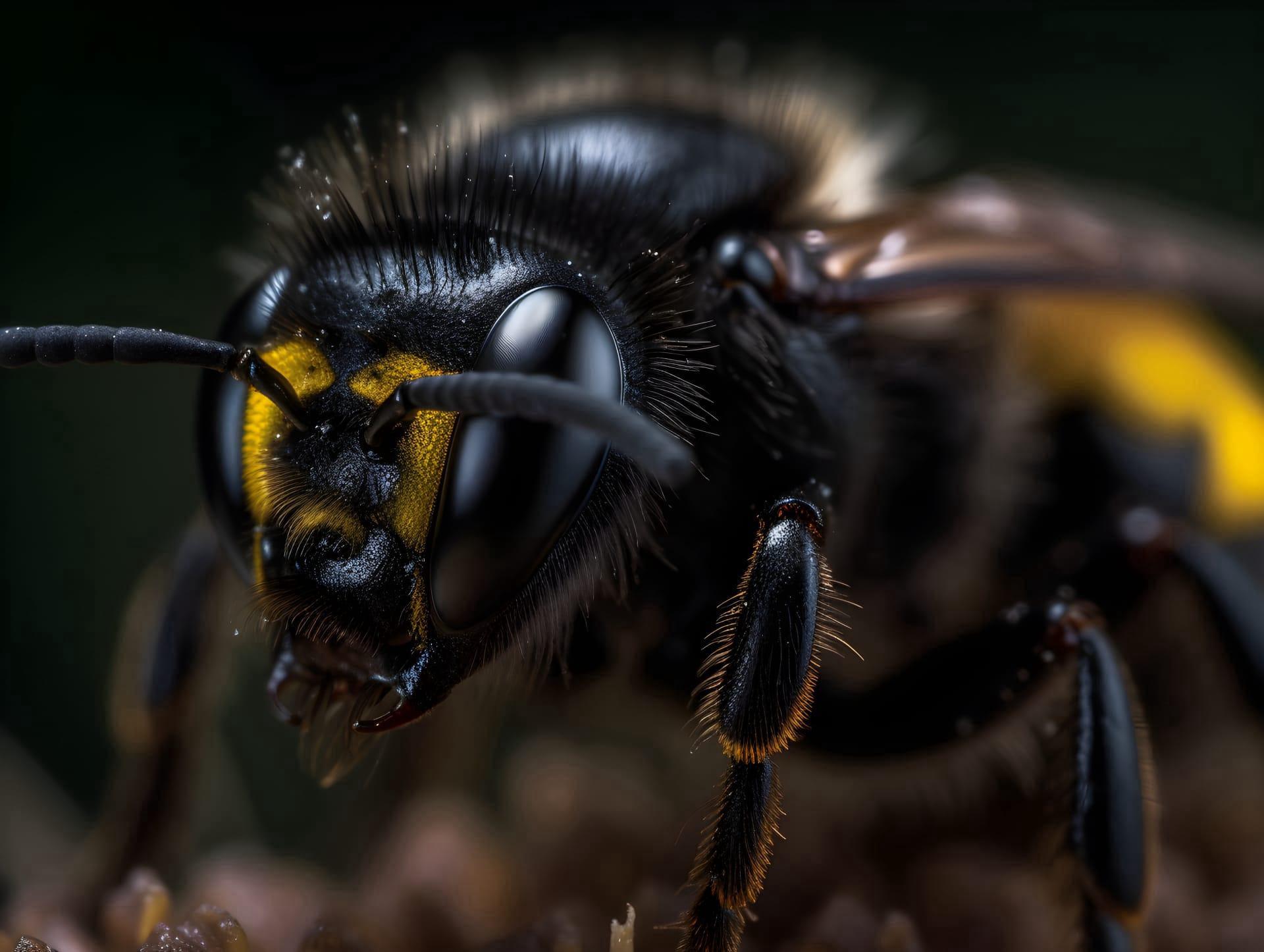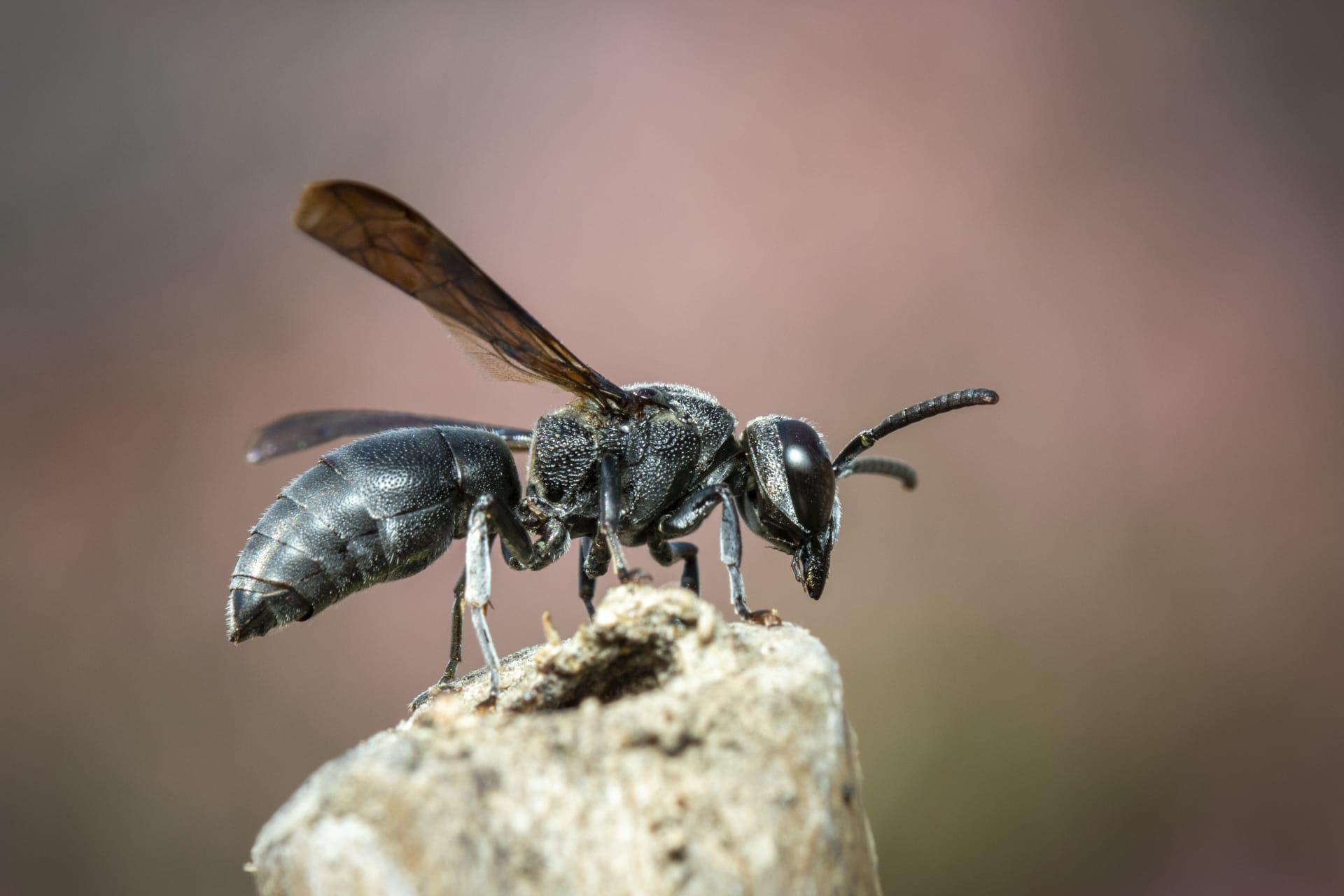Black Wasp
- Home /
- Mini Encyclopedia /
- Animal /
- Black Wasp
1
The Black Wasp, scientifically known as Sphex pensylvanicus, belongs to the family Sphecidae. This species is part of the order Hymenoptera, which also includes ants, bees, and other wasps. Characterized by their predominantly black bodies, these wasps exhibit narrow waists and long legs. An adult Black Wasp typically measures about 1 inch in length, making them quite noticeable.
Black Wasps are widely distributed across North America, especially prevalent in the United States and Canada. They thrive in various habitats, including gardens, meadows, and fields, where they have access to their primary food sources and nesting sites. These wasps prefer sunny areas and are commonly spotted during the warmer months, from late spring to early fall.

2
Question: Are Black Wasps aggressive and dangerous to humans?
Answer: Contrary to popular belief, Black Wasps are not inherently aggressive towards humans. They are solitary wasps, meaning they do not live in large colonies or have a queen to protect, which generally makes them less aggressive than some social wasps and bees. While they can sting, they typically do so only if threatened or handled. Their sting can be painful but is usually harmless to most individuals, except those with allergies to wasp stings. Therefore, while caution is advised around them, they are not as dangerous as often perceived.

3
Black Wasps exhibit fascinating survival strategies. One notable behavior is their method of feeding their larvae. Adult wasps hunt and paralyze insects, primarily caterpillars, using their sting. They then carry these paralyzed insects to their nests, where they lay an egg on them. Once the egg hatches, the larva feeds on the still-living, paralyzed prey, ensuring fresh food. This strategy is a remarkable example of nature's efficiency.
Another survival tactic is their nesting behavior. Black Wasps are known for digging burrows in the ground or using pre-existing cavities to create their nests. They meticulously construct and provision each nest cell for their offspring. Their preference for sandy or loose soil makes gardens and well-drained areas ideal for their nesting sites. This behavior not only aids in their survival but also contributes to soil aeration.

4
In the ecosystem, Black Wasps play a critical role in controlling pest populations. As predators of caterpillars and other insects, they help manage the numbers of these potential pests in gardens and agricultural fields. This natural form of pest control is beneficial for the health of plants and crops, making Black Wasps valuable allies for gardeners and farmers.
Additionally, Black Wasps contribute to the process of pollination. While hunting for prey, they also visit various flowers for nectar, inadvertently transferring pollen from one flower to another. This pollination is crucial for the reproduction of many plant species, highlighting the Black Wasp's integral role in maintaining the health and diversity of ecosystems.

5
Film: "Wings of the Wasp" is a notable documentary from the United States, released in 2019. This film offers an in-depth look at the life of the Black Wasp, showcasing their hunting behavior, nesting practices, and role in the ecosystem. The documentary is praised for its stunning macro-photography, revealing the intricate details of these often-overlooked insects.
Book: "The World of Wasps" by Dr. Emily Stone, published in the United States in 2021, is an informative read. This book delves into the diverse world of wasps, dedicating a significant section to the Black Wasp. It offers insights into their behavior, anatomy, and ecological importance, presented in an engaging and accessible manner.
Book: "Insect Architects: The Fascinating World of Wasps and Bees" by British author Henry Barnett, released in 2020, provides a comprehensive look at the architectural abilities of various insects, including the Black Wasp. The book explores how these insects construct their nests and manage their colonies, combining scientific information with captivating photographs and illustrations.